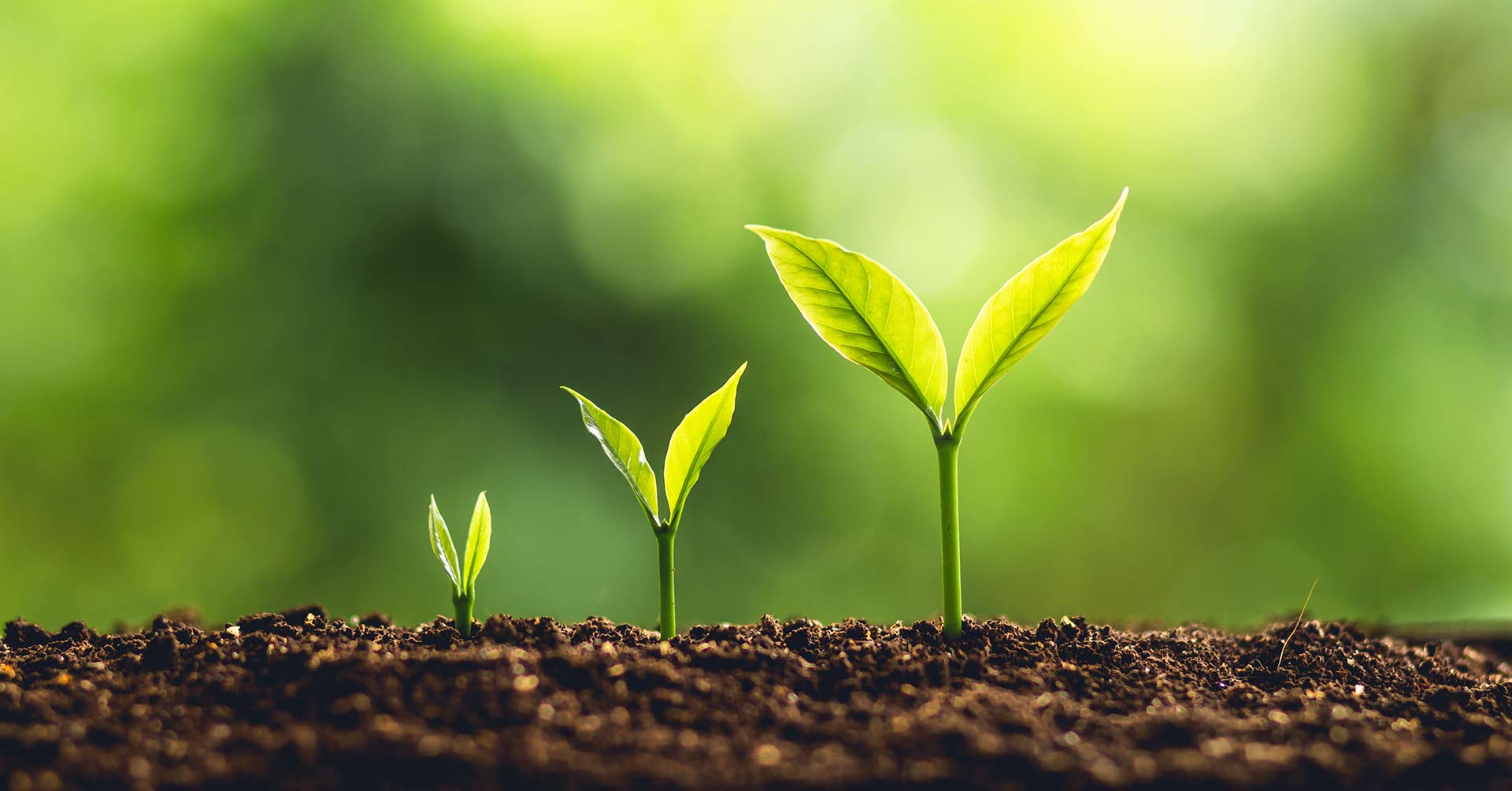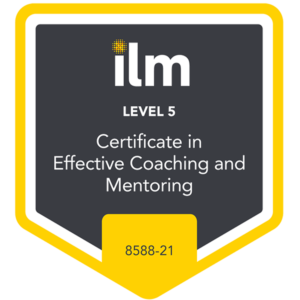There are times when our default self is not the self we aspire to be. Working to increase self awareness of what our best self looks and feels like is the first step to being that best self more often. Recognising the conditions that enable us to thrive and be our best self is also key if we are going to actually achieve this state more than we currently do. This leads us into exploring what we are tolerating and putting up with that is getting in the way of us being at our best and feeling our best.
In order to be our best self, there will be times when we need to say ‘no’. Being confident in our reasoning for saying ‘no’ can ease the stress, make the ‘no’ much more likely to be respected by others, and pay dividends as you take control of your life and what is best for you. Being your best self is self-perpetuating: when you are at your best, you can not only be confident about what you want and need, you can also be more effective at communicating it, and ultimately, achieving it.
Regularly being our best selves isn’t easy. Our default ways have an unhelpful habit of pushing forward when we are most in need of our best self: when we are feeling overwhelmed, anxious, fearful, or worn down. This is where we need strategies that enable us to switch on our best self. This can make a real difference to our lives. It can unlock confidence, opportunities and a deeper sense of wellbeing and stability. When you are at your best, you feel in control, confident that how you are performing is enough and ready to accept the outcome even if it doesn’t go your way. Knowing that you did your best, that you did not get in your own way, creates the conditions to deal with whatever is ahead of you.
Key Strategy
This strategy will enable you to activate the physical embodiment of your best self upon demand
To develop this strategy, first you need to find a quiet and comfortable space where you will not be interrupted. When you are settled and focused, visualise, feel and embody being your best self. The following questions will help you to conjure up the details of your best self and enhance your experience of it.
Take your time and switch between visualising and experiencing your best self, and writing down the details of what you are experiencing.
When you are at your best…
How do you hold yourself? What is your body position when seated? How do you stand?
What do you notice about your gaze? Your facial expression? How are you holding your head?
What do you notice about your breathing? What sensations does each breath bring to your body?
What are you doing? In particular, are you talking or listening?
How is your thinking? What do you notice about it? Consider the pace of your thoughts and how you are choosing to process them.
What are you feeling? How do you experience that feeling – where are you sensing it?
Work your mind’s eye hard. Try to see yourself at your best with your eyes closed. Also try to experience your best self with your eyes open, as if you are there right now. Imagine being outside of yourself, looking at yourself from each side and overhead. Note the setting and background detail so that the whole image is fixed and immovable. When the image, feeling and thought processing are secure, press your thumbs together*. Maintain this position for as long as you can remain focused on seeing, feeling and experiencing your best self vividly.
Write down the details so that you can read them through on a daily basis e.g. each morning before you start your day. This will embed the state in your consciousness. Be sure to press your thumbs together whenever you read through the description. Importantly, read it through to prepare for those moments when you know you will need to be your best self e.g. before an important meeting or conversation, when you are going to try something new, when you are going to step outside of your comfort zone.
However, by practising this exercise every day, eventually, when you need to draw on your best self, all you will need to do is press your thumbs together and the visualisation will come to mind. As you hold it in your consciousness, the feelings, thought processing and physical state you have trained yourself to recognise as most helpful to you will also arise.
* One option is to press your thumbs together. However, you may prefer to adopt a different physical action that is not noticeable by others and feels natural to you.
Other Strategies
- Identify and actively seek out the contexts that enable you to be at your best
- Become comfortable with acknowledging that some contexts are unhelpful or toxic to you. You can then make a conscious decision to say ‘no’ to such contexts, or set boundaries so that you can prepare yourself before entering into those contexts.
- Plan strategically to work and play in ways that support your best self. Check that you are accessing the conditions in which you thrive regularly.
- Be kind to yourself when your best self has not shown up. Seek to understand the causes and make a plan to try to be better prepared next time.
A professional coach can take you deep down into the visualisation of your best self and support you with making this version of yourself readily available. Make It so Coaching provides the support and challenge needed to clarify what the very best version of yourself is. Once this is secure, coaching provides the space needed to develop strategies which enable you to be your best self more often and when you need it. Those default habits that get in your way can be replaced by thoughts and behaviour which are much more akin to the person you strive to be.






